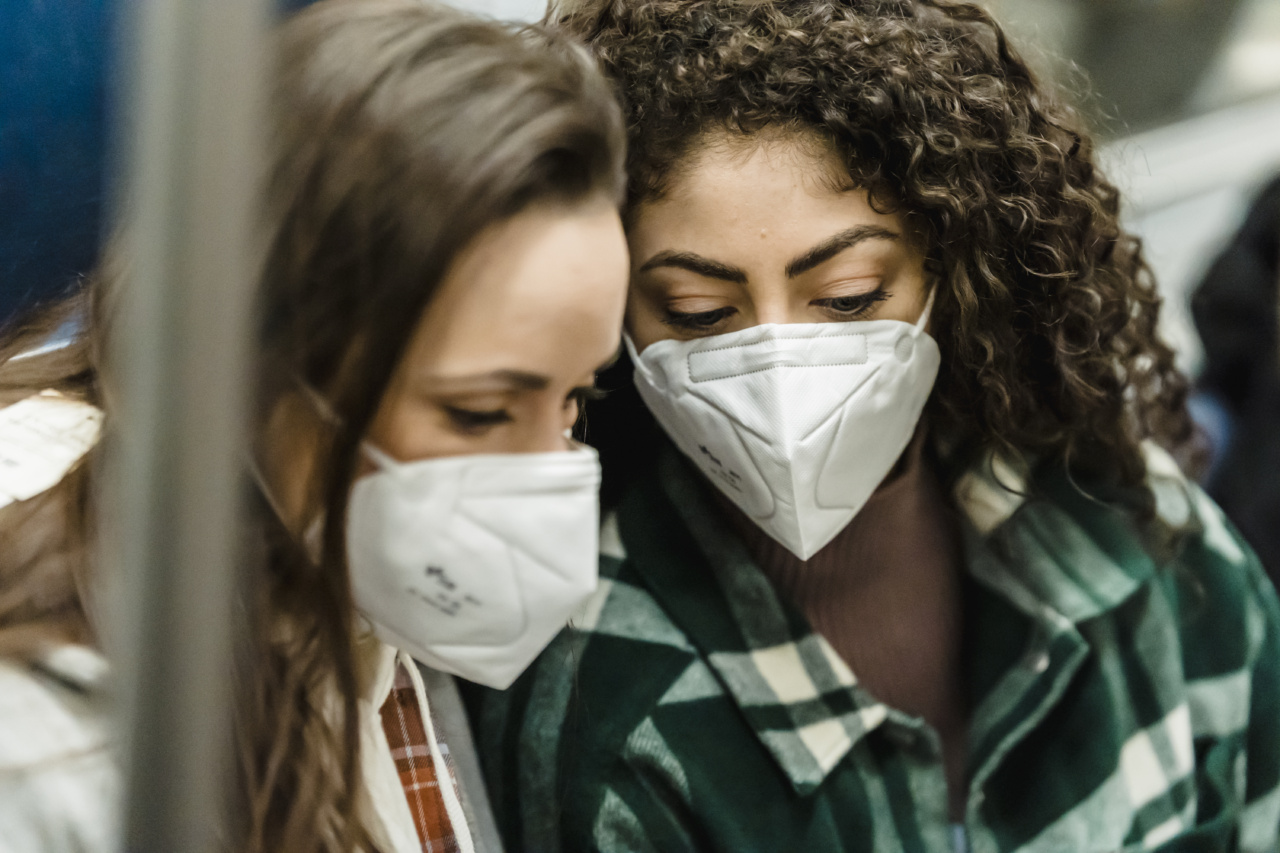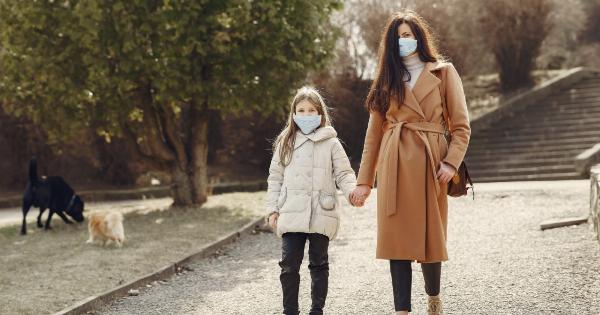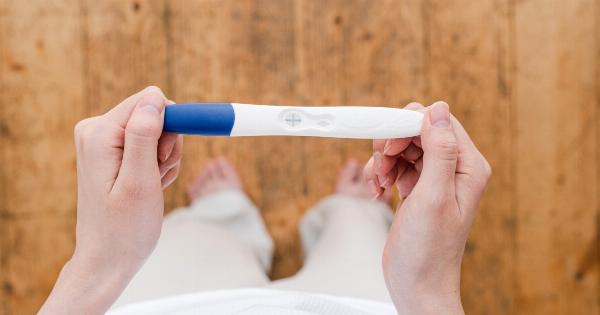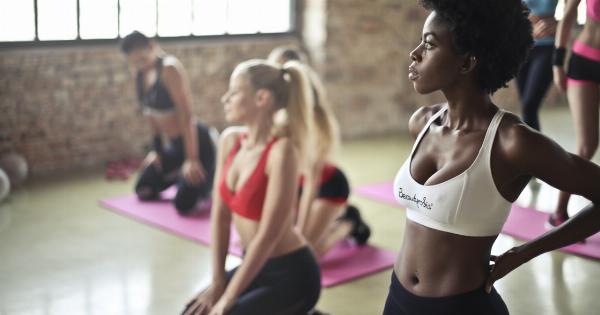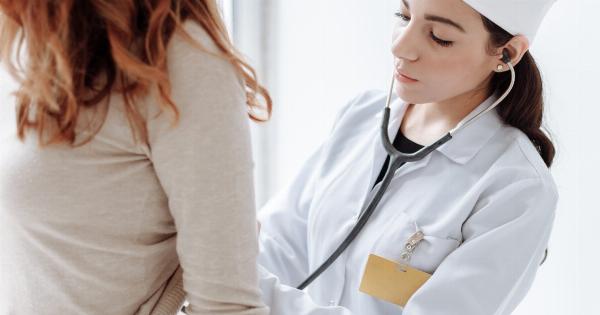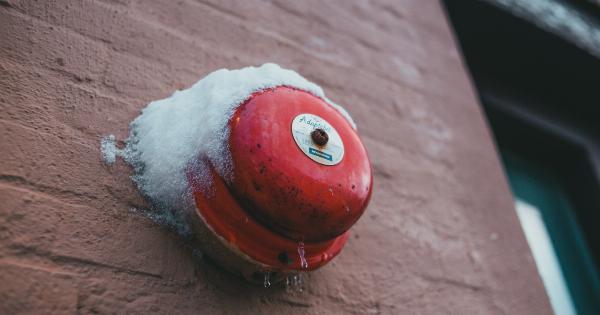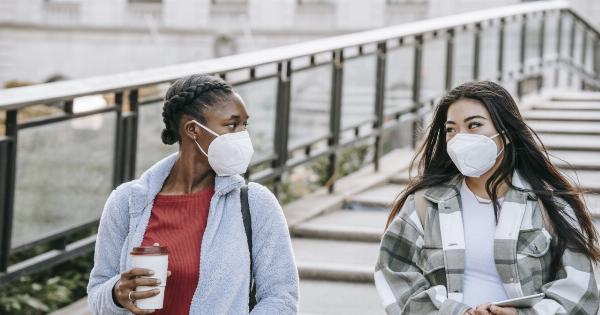Public bathrooms have long been a subject of concern when it comes to hygiene. Many people worry about the chances of getting sick from using these facilities due to the high volume of people and the various germs and bacteria present.
In this article, we will explore the risks associated with public bathrooms and provide tips on how to reduce the chances of getting sick.
Common Germs Found in Public Bathrooms
Public bathrooms are a breeding ground for various types of germs. Some of the most common ones include:.
- E. Coli: This bacteria is found in fecal matter and can cause severe food poisoning.
- Staphylococcus: Staph bacteria can cause skin infections, respiratory issues, and in some cases, even pneumonia.
- Influenza Virus: The flu virus can survive on surfaces for up to 48 hours, making public bathrooms a potential source of infection.
- Hepatitis A: This virus is commonly spread through fecal-oral contact and can cause inflammation of the liver.
- Norovirus: Noroviruses are highly contagious and can cause stomach flu-like symptoms, including vomiting and diarrhea.
Factors that Increase the Risk of Getting Sick
While public bathrooms can harbor a variety of germs, several factors can increase the risk of getting sick:.
- Poor Hand Hygiene: Failing to wash hands properly and thoroughly after using the bathroom is a significant risk factor for contracting germs.
- Contaminated Surfaces: Frequently touched surfaces like doorknobs, faucets, and toilet handles can become contaminated with germs and serve as a means of transmission.
- Inadequate Cleaning: Public bathrooms that are not regularly cleaned and disinfected can become a breeding ground for germs.
- Crowded Spaces: The more people using a public bathroom, the higher the chances of encountering germs from others.
- Poor Ventilation: Bathrooms with inadequate ventilation can promote the survival of airborne germs and increase the risk of inhalation.
Ways to Reduce the Chances of Getting Sick
While the risks of getting sick in public bathrooms cannot be completely eliminated, there are various measures one can take to minimize the chances:.
- Proper Handwashing: Wash your hands with soap and water for at least 20 seconds, paying special attention to the fingertips, nails, and in between fingers.
- Use Hand Sanitizer: When soap and water are not available, use an alcohol-based hand sanitizer to kill germs.
- Avoid Touching Surfaces: Use a paper towel or tissue to touch surfaces like doorknobs and faucets. Alternatively, use your elbow or foot whenever possible.
- Clean and Disinfect: If you have disinfectant wipes or spray, clean any surfaces before use. This includes toilet seats, flush handles, and sink handles.
- Wait for Empty Stalls: If possible, wait for a vacant stall to minimize the risk of directly encountering someone else’s germs.
- Use Disposable Seat Covers or Toilet Paper: Place a disposable seat cover or a layer of toilet paper on the seat to create a barrier between you and any potential germs.
- Keep Personal Belongings Clean: Avoid placing personal items like bags or purses on the bathroom floor, as they can pick up germs.
- Avoid Face-Touching: Refrain from touching your face, especially your eyes, nose, and mouth, until you have thoroughly washed your hands.
- Use Proper Cough and Sneezing Etiquette: Cover your mouth and nose with a tissue or your elbow when coughing or sneezing to reduce the spread of respiratory droplets.
- Practice Good Bathroom Etiquette: Flush the toilet with the lid down, dispose of used paper towels properly, and ensure you leave the stall clean for the next person.
Conclusion
While public bathrooms do pose a risk of contracting germs and getting sick, following proper hygiene practices and taking precautions can significantly reduce these risks.
It is essential to maintain good hand hygiene, avoid touching surfaces whenever possible, and use disposable coverings or barriers to minimize direct contact. By practicing these tips and being mindful of your surroundings, you can minimize the chances of getting sick from public bathrooms.
